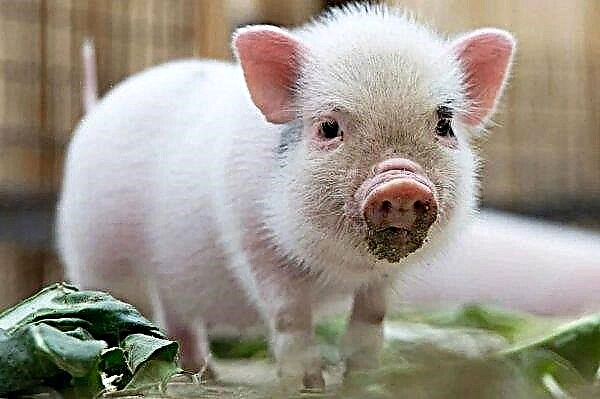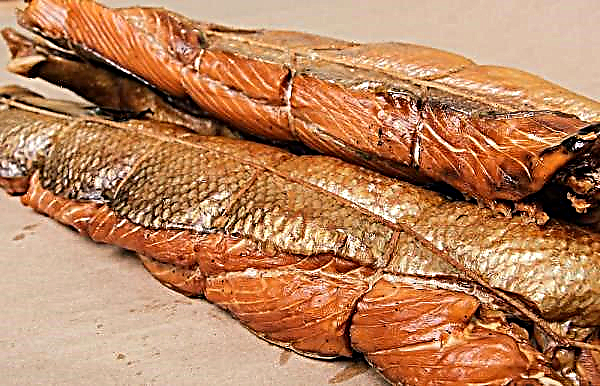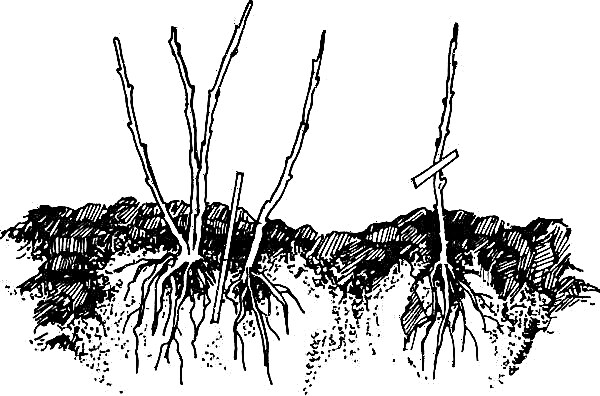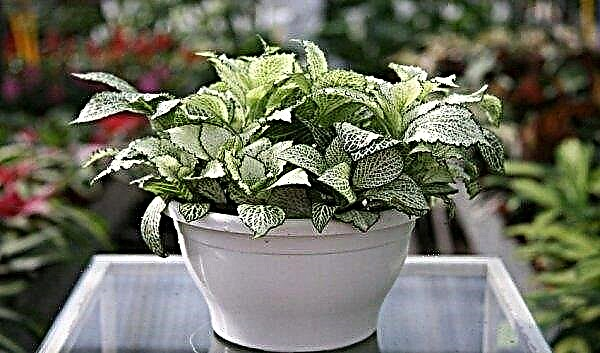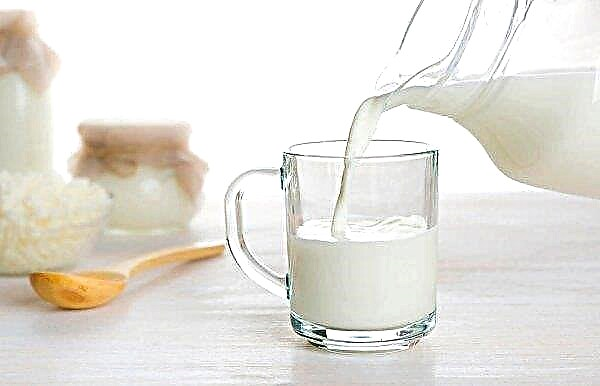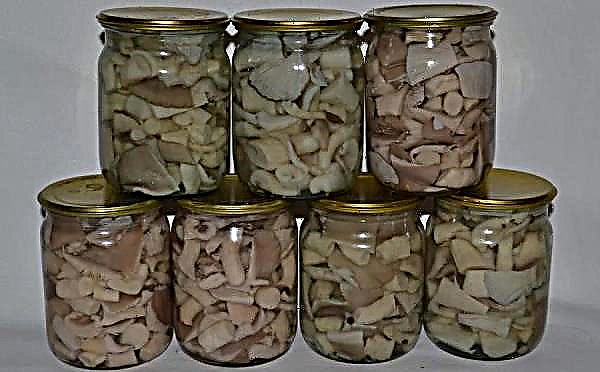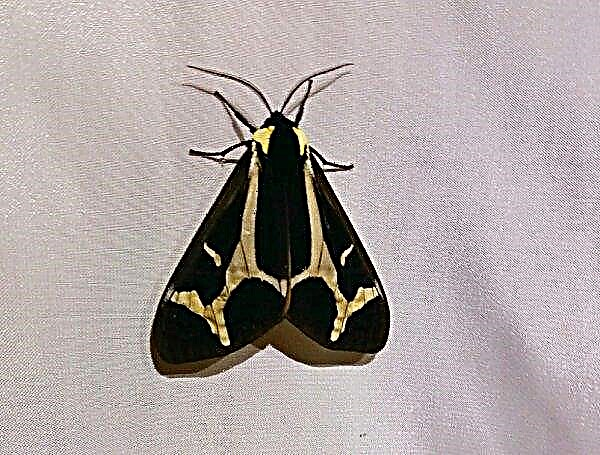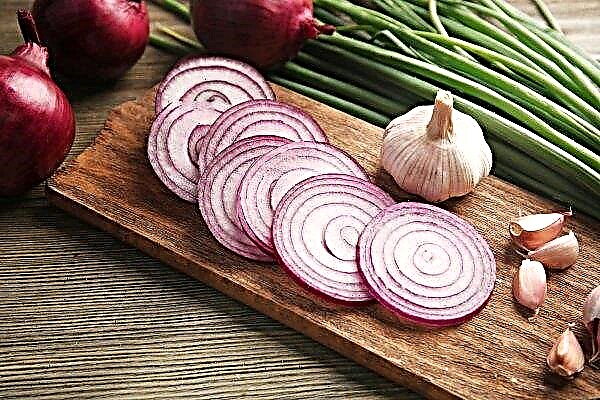One of the effective ways of propagation of decorative flowers and shrubs is cuttings. This method does not require much physical effort or financial expense. In order to achieve a positive result, it is necessary to act according to the recommendations of experienced specialists. How to carry out the cultivation of hydrangeas at home using cuttings - further in the article.
Is it possible to cut hydrangea
Hydrangea can be bred by several methods: seeds, layering, dividing the bush and cuttings. The last of them is the most optimal and gives high germination. This method is quite simple, but requires compliance with some characteristics. Namely: planting material must be correctly selected, it is necessary to adhere to technologies and conditions for planting cuttings, planting time, place, etc.
Important! Harvested cuttings should be 15–20 cm long, no more than 7 mm thick, with 4 well-developed buds.
When is it better to cut hydrangea
Cutting hydrangea is best in spring or summer. The spring period is well suited, because at this time begins an intensive sap flow in the trunks of plants. Thanks to this process, all shoots of shrubs receive the maximum amount of nutrients, and, accordingly, the root system quickly grows on the cuttings. The summer period (before flowering) is preferable for the reasons that lignified shoots better take root at this time. And you can also see what sort of future hydrangea bush will be.
How to do it right
In order to properly carry out hydrangea cuttings, it is necessary to take into account the following requirements:
- cuttings should be cut from healthy and beautiful shrubs, not older than 10-12 years old;
- for harvesting planting material, the lower side branches located on the sunny side are best suited, since the largest buds develop on them without signs of disease;
- shoots need to be cut off at an earlier time of the day, due to which moisture is retained as much as possible;
- a month before the selection of planting material, the shrub on which the branches will be cut, you need to stop feeding with nitrogen fertilizers, as these substances accelerate the process of decay;
- shoots for cutting cuttings should be no more than 1 year old with a minimum lignification area.

How to prepare the stalk
To achieve maximum effect, hydrangea planting stock should be properly prepared in accordance with the recommendations of specialists.
Namely:
- the tops of branches numbering 2-3 pairs of leaves are suitable for cuttings;
- the bottom pair of sheets needs to be removed;
- the lower cut of the handle should be at an angle of 45 °, the upper - straight;
- shorten the remaining pair of leaves by half;
- cuttings must be soaked according to the instructions in the growth stimulator "Epin Extra", "HB101" and others;
- after that, treat the lower end with the Kornevin root treatment agent.

Is it possible to root hydrangea with cuttings
Prepared planting material from hydrangea shoots can be placed in an aqueous nutrient solution in a transparent glass container for root formation, or can be planted in a prepared soil mixture. The second method is more reliable, because with the first method there is a risk of decay of the lower part of the handle. While the second will create the most approximate conditions for subsequent transplantation into the open ground, and the plant will quickly be able to adapt to a new place.
How to root hydrangea
After the cuttings are prepared, you can proceed to the very process of rooting them.
Did you know? Hydrangea translated from Greek means «vessel with water».
It consists of the following steps:
- It is necessary to prepare in advance containers in which the cuttings will be planted.
- Prepare a nutritious soil mixture of sand and peat in a ratio of 1: 2.
- Arrange the mixture into containers, moisten with a spray bottle, level.
- Plant cuttings to a depth of 2-3 cm and at a distance of 5 cm from each other.
- They should not touch leaves to each other and to the ground.
- Moisten cuttings with water from a spray bottle.
- Cover with plastic wrap or another transparent cap.
- Place the containers in a poorly lit and warm place with an air temperature of +18 ... + 25 ° С.
- Water seedlings regularly, preventing the soil from drying out.
- After about 1 month, new leaves appear on the cuttings.
- The covering material can then be removed.
- The rooted cuttings need to be planted in separate pots filled with a mixture of earth, peat and sand in a ratio of 2: 2: 1, and hidden in a shady place.
- The grown seedlings can be transplanted to a permanent place only next spring, provided that the plants are healthy and highly developed.
Cutting time
Hydrangeas can be propagated by cuttings in summer, autumn, winter and spring. It all depends on which variety is grown (tree-like, paniculate, large-leaved, climbing, etc.) and in which regions. It should also be borne in mind that different seasons will give different seedlings germination, since spring and summer are considered the recommended periods for propagation of decorative culture.
In summer
For summer, the optimum time for harvesting cuttings is the flowering period of shrubs. It falls from approximately mid-June to mid-July, when the shoots are not yet lignified.
Fall
To cut planting material for cuttings in the fall, it is best to do this from the end of September until the beginning of October. During this period, the shoots are already covered with bark and take root worse. Also, containers with seedlings need to be kept at home.

In winter
In winter, cuttings can be cut only in those regions where there are no severe frosts and warm winters. In this regard, in winter there is no specific month for this procedure. However, it is worth considering that the percentage of rooting of seedlings taken at this time of the year is only about 10%.
In the spring
Spring planting material is harvested from April to May, when intense sap flow in the stems begins. This process can be combined with crown formation.

Hydrangea planting in open ground
The established and developed hydrangea seedlings in stable warm weather and in the absence of night frosts can be planted in open ground.
Important! If flower buds have formed on harvested shoots, then the inflorescences must be cut off.
To do this, you need:
- dig the prepared area well;
- dig a hole, fertilize it;
- move the hydrangea seedling together with the earthen lump into the hole;
- shorten the plant after planting by 2/3 for better survival.
Video: hydrangea planting
Why plant it
Planting and growing hydrangeas in open ground is recommended primarily for plants to grow and develop in natural conditions. Also, flowering shrubs will decorate any garden plot with their appearance and lush flowering.
Did you know? Hydrangea Lepot was named after the French scientist Madame Nicole-Rhine Lepot, who at one time was able to calculate the trajectory of the flight of the celestial comet from Jupiter to Saturn.
When to plant
Planting of hydrangea seedlings is best done in spring or autumn, depending on the variety and region of growth. For cold areas, the optimal springing period will be spring, because the plants will be able to better adapt to a new place and normally survive the cold winter. For warm areas, both autumn and spring are suitable.

Hydrangeas can breed in many ways. But the most effective of them is considered to be cuttings. This method gives a high percentage of germination and does not require much time or labor.

